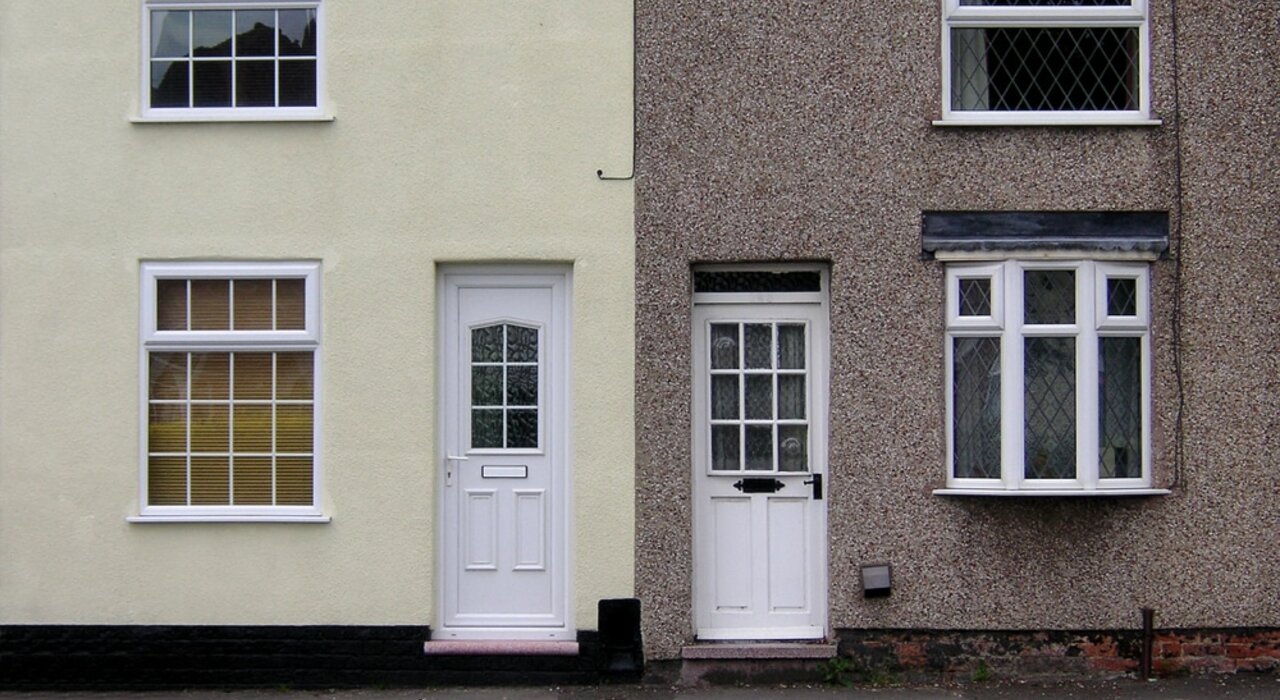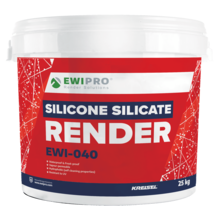
The façade of a home or building serves as the first impression, offering glimpses into its architectural essence and the aesthetics preferred by its inhabitants. As exterior design has evolved through the years, so have the techniques employed to achieve these desired impressions. From rustic, textured looks to sleek, modern finishes, the range of available options can cater to varied tastes and architectural styles. Within this vast spectrum of external finishes, wet dashing and pebble dashing emerge as distinct and historically popular choices in specific regions. These methods, although seemingly rudimentary, bear the weight of tradition and the promise of durability. As we embark on this exploration, we'll dive deep into the nuances of these techniques, understand their application, and assess their position in the contemporary realm of exterior design.
The fundamentals of pebble and wet dashing
External finishing techniques are as much about aesthetics as they are about protection. Wet and pebble dashing stand out as prominent techniques within this landscape, each offering a unique aesthetic and a barrier against external elements. Their longstanding popularity, especially in certain regions, owes as much to their durability as to their distinct visual characteristics. Here’s a deeper dive into their intricacies. Often interchangeably referred to as roughcasting, wet dashing is not just about adding a textured look. It's the art of embedding small stones or chippings into a wet render mix. This provides:
- Texture and Aesthetics: The small stones give a rough, grainy appearance which is tactile and adds character to the building.
- Protection: Beyond aesthetics, these stones, set within the wet render, offer an added shield against weather elements. The granular surface can deter water runoff, reducing the potential for water-related damages.
- Insulation: The added layer can also serve as an extra insulation measure, aiding in temperature regulation within the property.
As the name suggests, pebble dashing takes wet dashing a step further by using pebbles or larger aggregates instead of the finer chippings. This results in:
- Bolder Texture: The more substantial aggregate produces a pronounced texture, which is more rugged and tactile than wet dashing.
- Customisation: Pebble dashing often allows for a greater range of customisation in terms of colour and aggregate type, catering to specific design preferences.
- Durability: Larger pebbles, given their size and weight, ensure an even sturdier finish, which is particularly resistant to cracks and chips.
Both these methods, rooted in age-old building traditions, are seen as reliable solutions to ensure longevity while also offering a classic, time-tested look. Their application requires skill, ensuring that the aggregates are evenly distributed and securely set within the render, thus producing an enduring and visually consistent finish.
Materials and application
The choice of materials, unsurprisingly, plays a pivotal role in determining the final appearance and durability of the rendered surface. For wet dashing, the primary materials include a lime or cement-based render mix accompanied by small stones or chippings. Conversely, pebble dashing requires a similar render mix but swaps out the smaller stones for pebbles or more sizeable aggregate chunks. In terms of tools, the arsenal is relatively straightforward. Professionals typically require a trowel, a hawk (a hand-held board to carry the mortar or plaster), a dash receiver or board to catch falling aggregates, and mixing equipment. The application process commences with meticulous preparation. Any existing render is stripped away, revealing a clean wall surface. Following any necessary repairs, a base coat is deftly applied to ensure an even underlayer. It's upon this wet base coat that the magic happens. Using the trowel and dash receiver, the chosen aggregate is 'dashed' or thrown against the wet layer. The aggregate embeds itself, forming a textured overlay. The setting period that follows is crucial, allowing the concoction to solidify and establish its durable finish.
Comparing pebble and wet dashing to other rendering techniques
The realm of external rendering is rich with options, each boasting its own set of advantages, aesthetic values, and functional properties. While wet and pebble dashing has long-standing traditions, other methods like silicone render and monocouche render have emerged as modern favourites. Often seen as the bedrock of rendering methods, this mix of sand, cement, and occasionally lime produces a smooth, paint-ready finish. Its enduring popularity stems from its ease of application, familiarity among tradesmen, and the reliable results it guarantees.
Silicone Render:
- Composition and Properties: Silicone render incorporates silicone water repellents as a key component in the render system. This ensures a high degree of water resistance while allowing vapour to pass through, ensuring breathability.
- Flexibility: Silicone renders stand out for their elasticity. They can expand and contract with varying temperatures, drastically reducing the risk of cracking. This is particularly beneficial in climates with significant temperature fluctuations.
- Maintenance and Aesthetics: One of the remarkable features of silicone render is its self-cleaning ability. Dirt and pollutants often find it hard to stick to the surface, ensuring the finish remains cleaner for longer. Available in a variety of colours, it obviates the need for painting and provides a contemporary, sleek appearance.
Monocouche Render:
- Single Layer Application: Despite the name ('mono' meaning one, and 'couche' meaning layer in French), the monocouche render is applied in two coats.
- Composition: Typically made from cement, lime, specific performance-enhancing additives, and pigments, this render is known for its strength and durability.
- Aesthetics: Monocouche render offers a smooth, mottled finish, available in various colours, reducing the need for subsequent painting. Its ability to resist water penetration while remaining breathable is a major advantage, particularly in wet climates.
Why is Silicone Render better?
Rendering techniques, each with its distinctive merits, serve a dual purpose: they protect and beautify the exterior of our homes. Wet and pebble dashing, rooted in tradition, offers notable durability and added insulation. Their rugged appearance, while enduring, often feels out of step with contemporary design preferences. Moreover, any damage they incur can be challenging to repair seamlessly, given their unique textures. In contrast, silicone render emerges as a front-runner in modern construction. It's prized for its flexibility, ensuring reduced susceptibility to cracking in fluctuating temperatures. Furthermore, its self-cleaning properties simplify maintenance, a boon for homeowners seeking both functionality and aesthetics. Breathability, a standout feature, ensures moisture doesn't get trapped, thereby reducing potential dampness or mould issues. The render's sleek appearance, combined with a plethora of colour choices, renders it a favourite among contemporary architects and homeowners. However, its superior properties come at a cost, both in terms of monetary investment and the need for specialised application skills.

